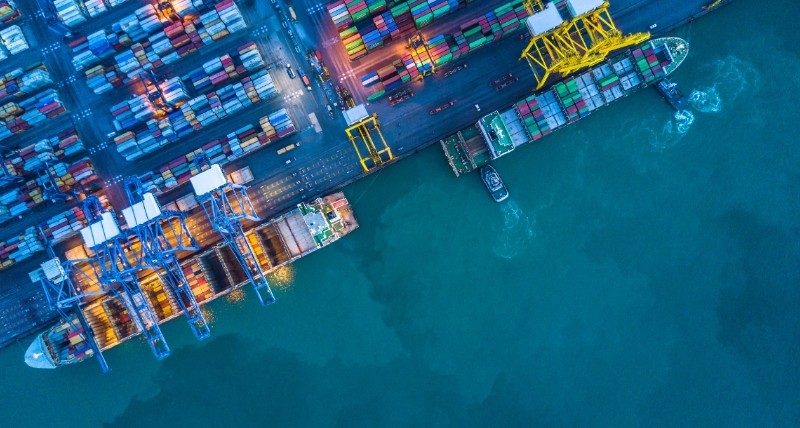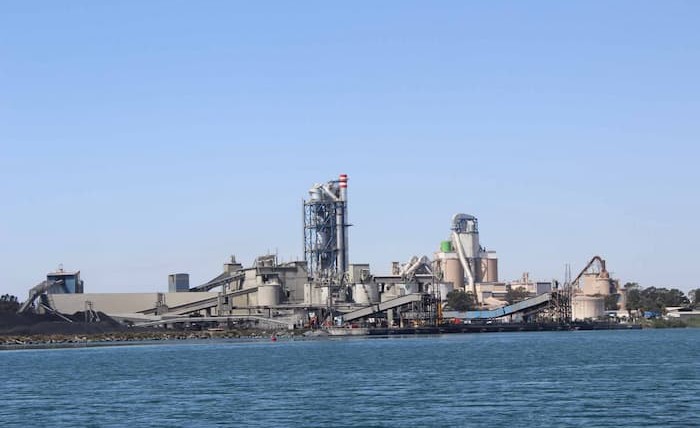The government’s objective is to have this text, which has already obtained UN approval, adopted by both chambers before July 14. It is presented to the National Assembly on Wednesday.
How can we better protect the high seas? The National Assembly examines, Wednesday May 29, the bill aimed at ratifying a historic treaty. A little flashback, on March 4, 2023 at the United Nations headquarters in New York, Rena Lee, the president of the Intergovernmental Conference on Marine Biodiversity welcomes the treaty, which has just been adopted. “Ladies and gentlemen, the ship has reached the shore,” she declared, to a standing ovation from the audience.
This text is historic, because it is the culmination of 15 years of discussions. It establishes a legal framework for the conservation of biodiversity in the high seas. It is this which will be examined on Wednesday in the Assembly. To enter into force, it must be ratified by at least 60 States. Only five countries have done so to date: Seychelles, the Palau archipelago, Chile, Belize and Monaco.
Creation of marine areas and assessment of environmental impacts
This treaty plans to protect high seas biodiversity from pollution and lawless commercial exploitation. The high seas are the waters located more than 370 kilometers from the coast, and which no longer depend on national jurisdictions. Until now, they had no specific protection. Among the key measures of this text we find: the creation of marine protected areas to preserve vulnerable species, particularly in a context of global warming and the obligation to assess the environmental impacts of activities on the high seas, such as maritime transport. .
This framework must guarantee equitable sharing of marine genetic resources, because the high seas, which represent 60% of the ocean surface, are full of still little-known biodiversity. It could nevertheless be useful for designing innovative drugs or chemical compounds in the future. This treaty does not, however, regulate the exploitation of the seabed, an issue which falls under another convention.
The Secretary of State for the Sea, Hervé Berville, called at the time of the adoption of this treaty for “a sprint” for its implementation, before June 2025, the date of the next UN conference on the oceans. , which will be held in Nice. The objective, in France, is therefore to have it adopted by both chambers before July 14. The emergency is also global, the COP15 on biodiversity set the objective of protecting 30% of the seas and oceans by 2030. Today, for the high seas, we are only at 1%.




